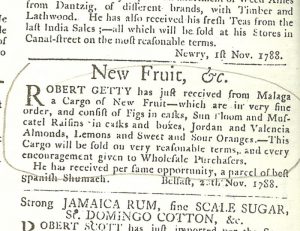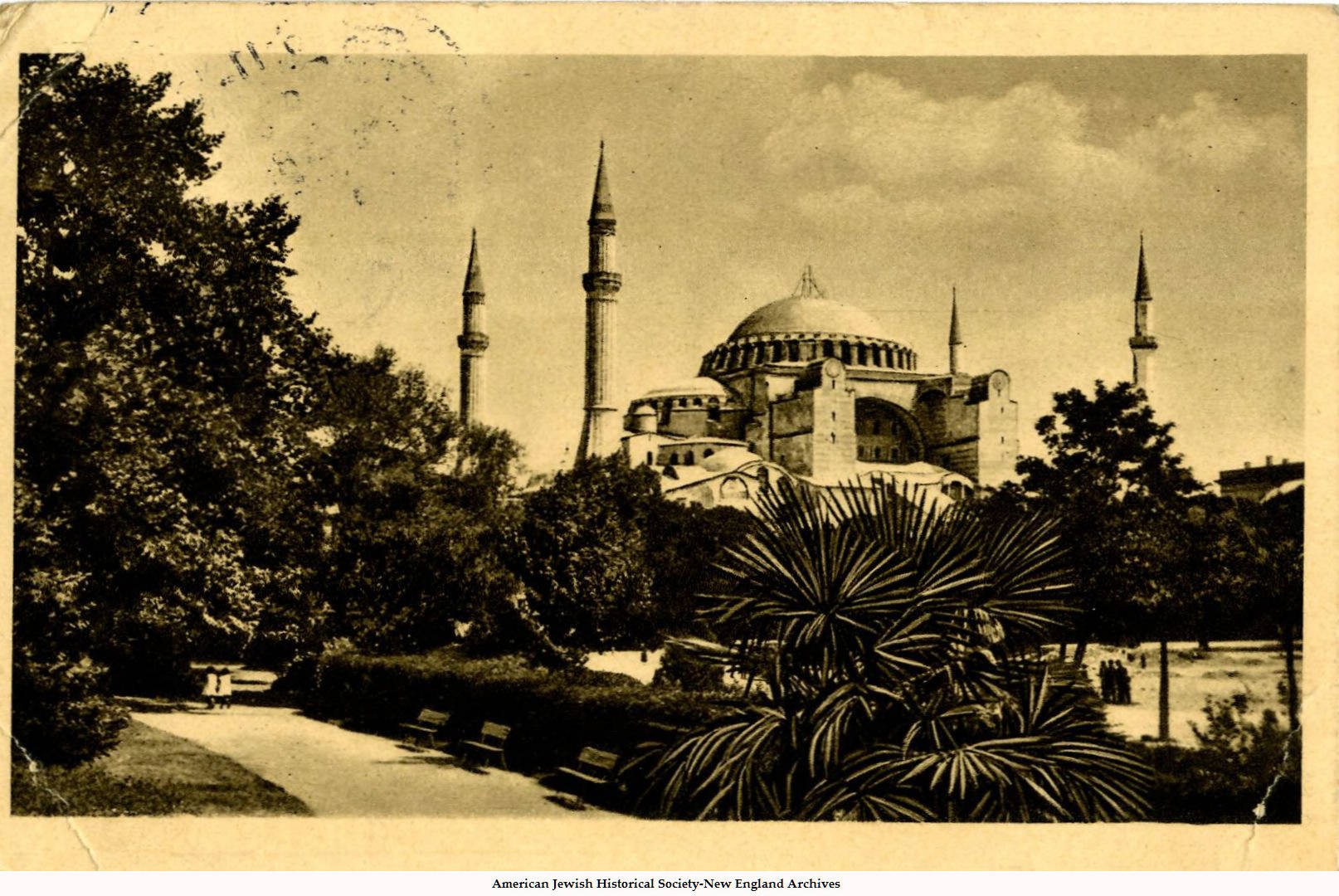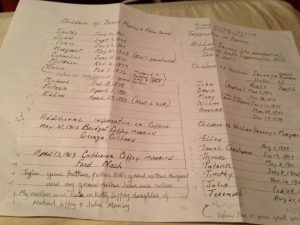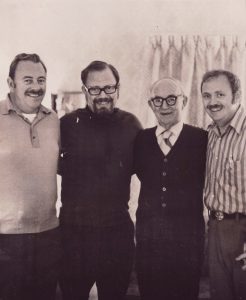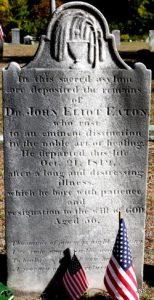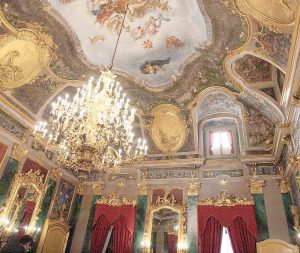
Immigration case records from the Hebrew Immigrant Aid Society (HIAS) often involve siblings, parents, spouses, children, or other relatives, but in some circumstances people reach out to whomever they can, asking for assistance from anyone they know. Anetta Ottolenghi Cavalieri was from the Piedmonte region of Italy, and had deep family roots there; she had no family or even close friends in the United States. But when Fascism began to make inroads in Italy, she reached out for help to pen pal Bessie Buxton of Peabody, Massachusetts, with whom she had discussed horticulture on and off for several years. Continue reading ‘An iron will’
